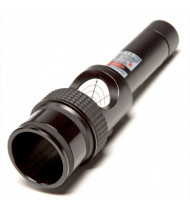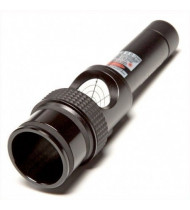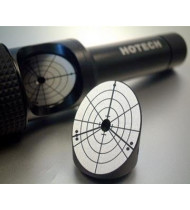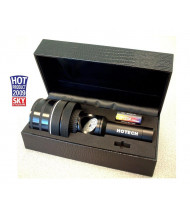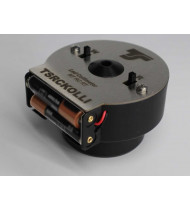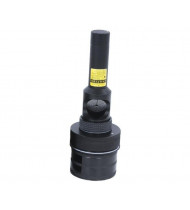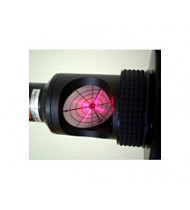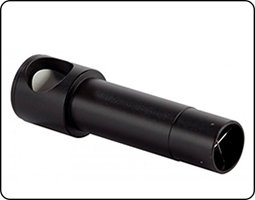
Hotech 1.25" SCA Laser Collimator
US$ 130.68This laser collimator make the correct adjustment of your Newtonian telescope easy. The Self-Centering Adapter keeps it parallel and centered.
- fits to 1.25" focusers
- single dot, fine size
- perfect centering by expanding rubber rings
- red laser colour
- 45° faceplate with grid
- 3.4 oz. (96 g) weight
OUT OF STOCK
- Self-centering 1.25" high precision laser collimator. For Newtonian telescopes
Hotech 2" SCA Laser Collimator
US$ 174.53This laser collimator make the correct adjustment of your Newtonian telescope easy. The Self-Centering Adapter keeps it parallel and centered.
- fits to 2" and 1.25" focusers
- single dot, fine size
- perfect centering by expanding rubber rings
- red laser colour
- 45° faceplate with grid
- 6.5 oz. (184 g) weight
OUT OF STOCK
TS-Optics 2" LED Collimator for RC Telescopes
Regular Price: US$ 218.39
US$ 174.53
The TSRCKOLLI collimator was developed for Ritchey-Chrétien telescopes, but also for all other types of telescopes, like refractor, Newtonian or SC Cassegrains - made in Europe
- The corrector allows the collimation of almost all optical systems with high accuracy.
- Suitable for all 2" receptacle with precice 2" barrel to avoid tilting
- LEDs are powered by 2 normal 1.5V AA batteries (batteries are not included)
- We recommend the collimator mainly for RC telescopes, Cassegrains and Schmidt Cassegrains as long as they have a center mark on their secondary mirror. So a top collimation state of the telescope can be reached even at daylight.
OUT OF STOCK
- Self-centering 2" high precision laser collimator. For Newtonian telescopes
Ocal Electronic Collimator 3.0 MAX
US$ 297.32Using a new large aperture lens and CMOS, under the same ambient brightness, the exposure time of the OCAL3.0 electronic collimator is only 1/20 of that of the second-generation electronic collimator. If the light source is too strong, it is recommended to reduce the gain rather than simply reducing the exposure time. Now, new collimators can adjust the telescope's collimation in darker environments.
The clarity of the OCAL3.0 electronic collimator image has been greatly improved. Now you can see clearer primary mirror marks and more reflection information, and it still performs well when equipped with a correction mirror.


